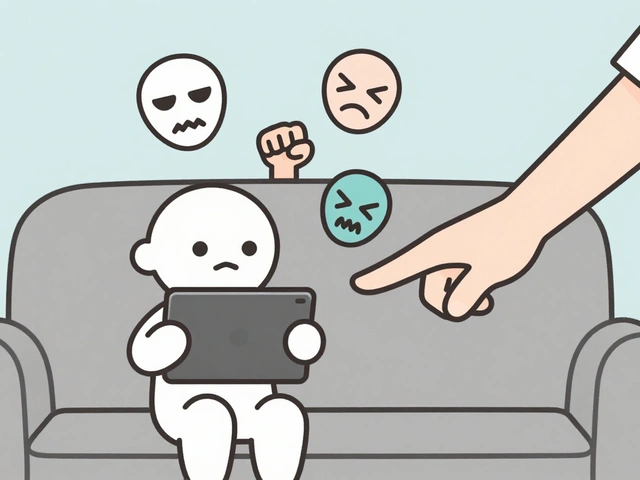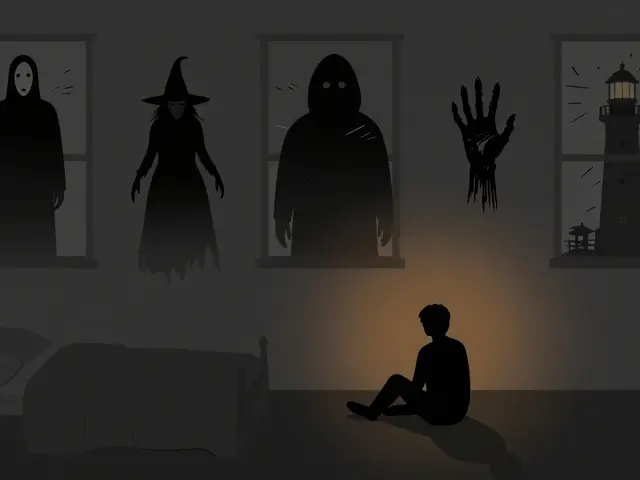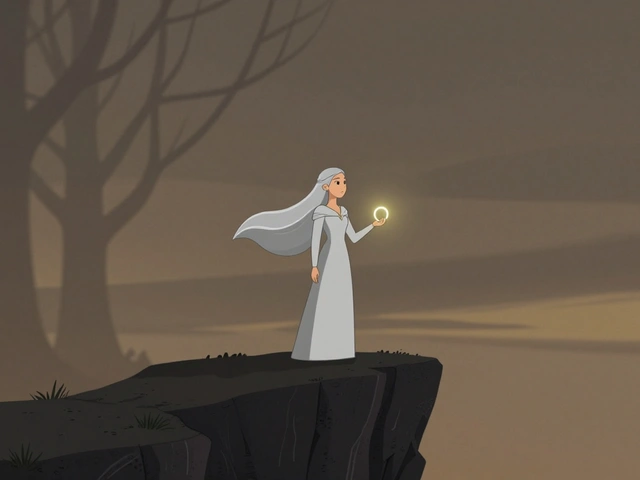8
Demon Slayer: Infinity Castle Review - Breaking Box Office Records
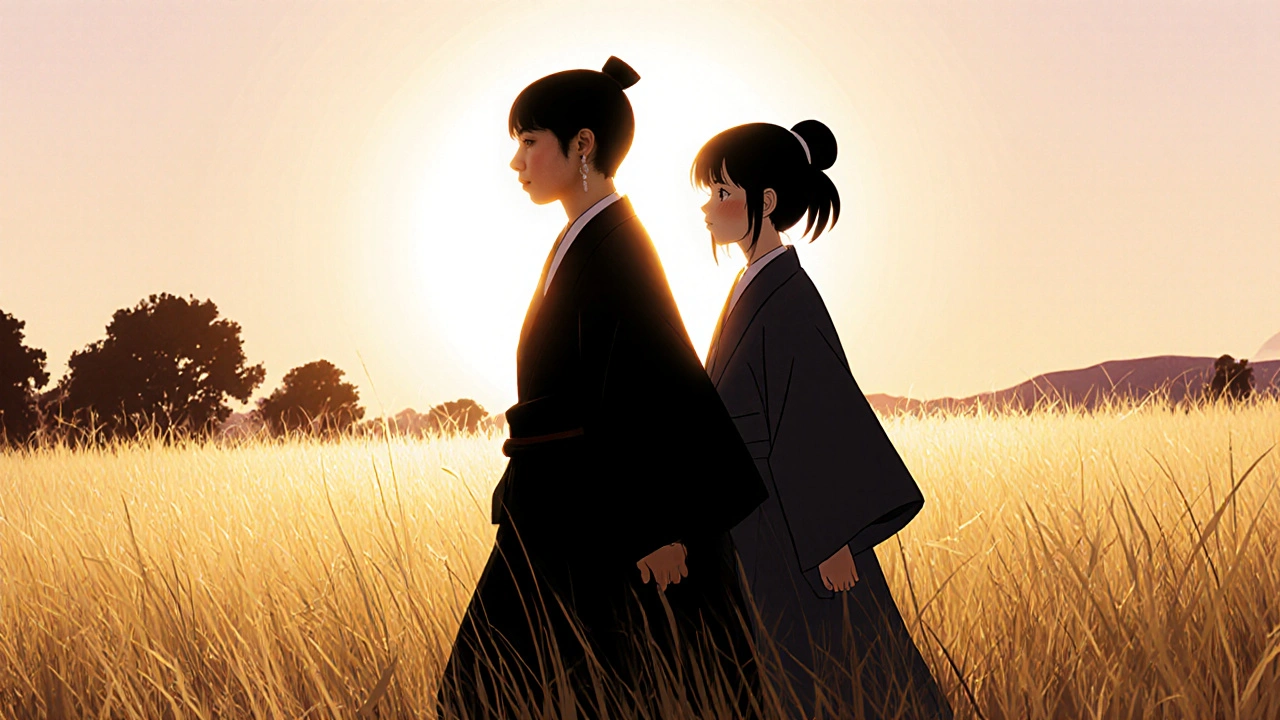
Demon Slayer: Infinity Castle didn’t just hit theaters-it exploded onto the global stage, shattering records left and right. This isn’t just another anime sequel. It’s the cinematic event that turned anime fans into box office power players and made Hollywood take notice. Released in October 2024, the film grossed over $780 million worldwide in under three months, making it the highest-grossing anime film of all time, surpassing even Spirited Away and Weathering With You. It didn’t just break records-it rewrote the rules of what an animated movie can achieve outside Japan.
Why This Movie Wasn’t Just Another Sequel
Demon Slayer: Infinity Castle isn’t a standalone story. It’s the third and final chapter of the Mugen Train arc, wrapping up the storyline that began in the 2019 film and continued through the TV series’ Hashira Training Arc. But unlike most sequels that recycle plot beats, this film raised the stakes. The animation studio Ufotable didn’t just keep the same team-they upgraded everything. The CGI-enhanced water effects, the precision of sword slashes, the way light fractures through mist during battle scenes-it all looked like a living painting. Fans noticed. Critics noticed. Even people who’d never watched an anime before noticed.The story moves fast. Tanjiro, Nezuko, Zenitsu, and Inosuke are pushed to their limits against the Upper Moons, each battle more brutal and visually stunning than the last. The film doesn’t waste time with filler. Every scene serves the emotional core: a brother’s love, a girl’s fight to stay human, and the cost of vengeance. The final confrontation between Tanjiro and Muzan Kibutsuji lasts nearly 20 minutes and feels like watching a symphony of violence and sorrow. No other animated film this year matched that level of emotional weight.
Box Office Numbers That Defy Logic
The numbers don’t lie. In Japan alone, Demon Slayer: Infinity Castle earned ¥115 billion ($740 million USD), becoming the first anime film to cross the ¥100 billion mark. It opened with 4.7 million tickets sold in its first week-more than any Hollywood blockbuster in Japan that year. In the U.S., it earned $38 million in its opening weekend, beating Spider-Man: Across the Spider-Verse in some markets. It played in over 1,200 theaters in North America, a record for an anime film. In South Korea, it became the highest-grossing foreign film of 2024. Even in France, where anime rarely cracks the top 10, it ranked #2 for two weeks straight.What’s wild? This wasn’t backed by a massive marketing budget. No billboards in Times Square. No TikTok influencers paid to hype it. The hype came from fans. From Reddit threads dissecting frame-by-frame animation. From YouTube creators making 30-minute breakdowns of fight choreography. From parents taking their kids to see it-not just as a cartoon, but as a cinematic experience.
The Animation That Changed Everything
Ufotable has always been known for pushing boundaries, but Infinity Castle was their masterpiece. They used a mix of hand-drawn frames and 3D rendering that no other studio has replicated. The way Muzan’s body shifts between human and monstrous forms? That took over 1,200 individual frames per second in key scenes. The waterfalls in the final battle? Each drop was individually rendered. The studio spent over 18 months on just the lighting design. That’s not normal. That’s obsessive.And it paid off. The film received a 97% score on Rotten Tomatoes, with critics calling it "a visual feast that redefines what anime cinema can be." The National Board of Review in the U.S. even awarded it Best Animated Feature-beating out Pixar and Disney. This wasn’t just a win for anime fans. It was a win for animation as an art form.
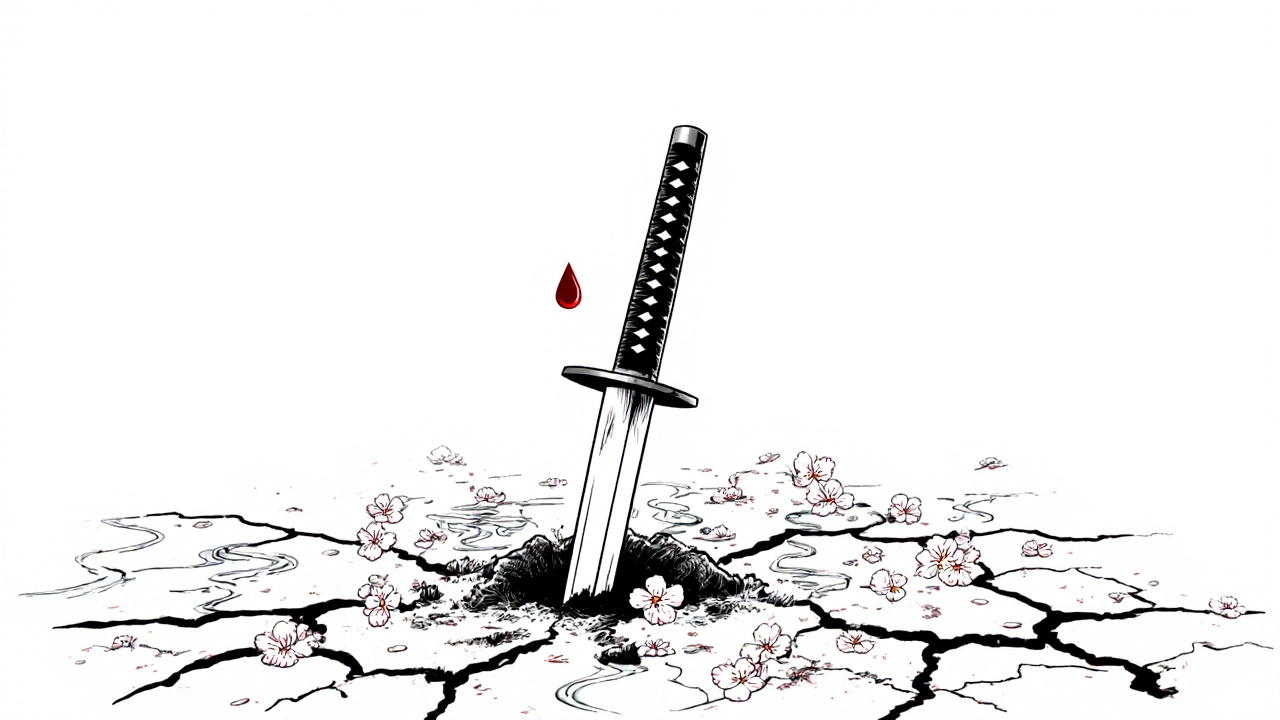
Why It Resonated Beyond the Fanbase
This film didn’t just attract die-hard fans. It pulled in people who’d never heard of Tanjiro before. Why? Because the story isn’t about demons and swords-it’s about family, trauma, and redemption. The film’s emotional core is simple: a boy who refuses to give up on his sister, no matter what. That’s universal. Parents saw themselves in Tanjiro’s determination. Teens saw their own struggles in Inosuke’s anger. Older viewers saw the weight of loss in Giyu Tomioka’s silence.There’s also the music. The soundtrack by Yuki Kajiura and Go Shiina blends traditional Japanese instruments with orchestral swells that feel like a heartbeat. The opening theme, "Kamado Tanjiro no Uta," became a viral sensation on TikTok-over 200 million views in three weeks. People weren’t just watching the movie. They were listening to it, dancing to it, crying to it.
What This Means for the Future of Anime
Before Demon Slayer: Infinity Castle, studios thought anime films needed to be short, simple, and cheap to produce. This film proved that wrong. It had a budget of over $40 million-more than most Hollywood animated features-and it made back nearly 20 times that. Now, studios from South Korea to France are pitching anime films with similar ambition. Netflix announced a $100 million anime slate. Crunchyroll is investing in original anime features. Even Warner Bros. is talking about co-producing with Japanese studios.The biggest shift? Theaters are taking anime seriously again. In Australia, major cinema chains like Event and Village increased their anime screen allocations by 60% in 2025. In Brisbane, where I live, Demon Slayer: Infinity Castle played in 17 theaters for over 10 weeks. That’s unheard of for an anime film outside Japan.

Is It Worth Watching?
If you’ve seen the previous films and TV arcs-yes, absolutely. If you haven’t? Start with the first movie, Demon Slayer: Mugen Train. Don’t jump into Infinity Castle cold. The story moves fast, and the emotional payoff relies on everything that came before. But if you’re willing to invest 10 hours across the first two films and the TV series, this finale will hit harder than anything you’ve seen in animation.And if you’re someone who thinks anime is just for kids? Watch this. Watch how a boy with a broken sword and a sister who’s half-demon becomes a symbol of hope. Watch how a single frame of animation can make you cry. Watch how a story about demons turned into the biggest box office hit in anime history.
What Comes Next?
The film ends with a quiet moment-Tanjiro, now healed, walking through a field with his sister. No battle. No music. Just silence. It’s a perfect ending. But the world isn’t done with Demon Slayer. A new arc, The Swordsmith Village, is already in production for 2026. It’ll be animated by the same team, with the same attention to detail. Rumors say it’ll be even longer. Maybe even split into two parts.One thing’s certain: the bar has been raised. Demon Slayer: Infinity Castle didn’t just break records. It changed what’s possible.
Is Demon Slayer: Infinity Castle the highest-grossing anime film ever?
Yes. As of November 2025, Demon Slayer: Infinity Castle has earned over $780 million worldwide, making it the highest-grossing anime film of all time. It surpassed Spirited Away and Weathering With You, both previously top-ranked films.
Do I need to watch the TV series before seeing Infinity Castle?
Yes. The film is the direct conclusion to the Hashira Training Arc from the TV series and the Mugen Train movie. If you haven’t seen the previous material, you’ll miss key character developments, relationships, and plot points that make the final battle emotionally powerful.
Why did Infinity Castle make so much more money than other anime films?
It combined world-class animation, a deeply emotional story, and a massive, already-engaged fanbase. Unlike other anime films that rely on niche audiences, this one crossed over into mainstream theaters globally. Fans brought friends, parents brought kids, and even non-anime viewers were drawn in by the visuals and story.
How long is Demon Slayer: Infinity Castle?
The film runs for 117 minutes-about 1 hour and 57 minutes. That’s longer than most animated features, but the pacing keeps it engaging from start to finish. There’s no filler; every minute serves the story.
Is there a post-credits scene in Infinity Castle?
No. The film ends with a quiet, emotional scene of Tanjiro and Nezuko walking through a field. It’s a deliberate, peaceful ending meant to close the arc. There’s no teaser or hidden scene after the credits.





